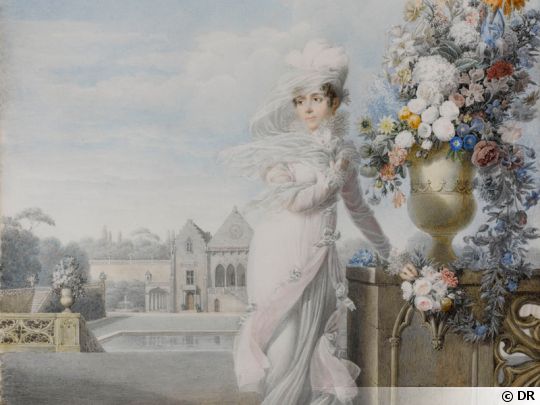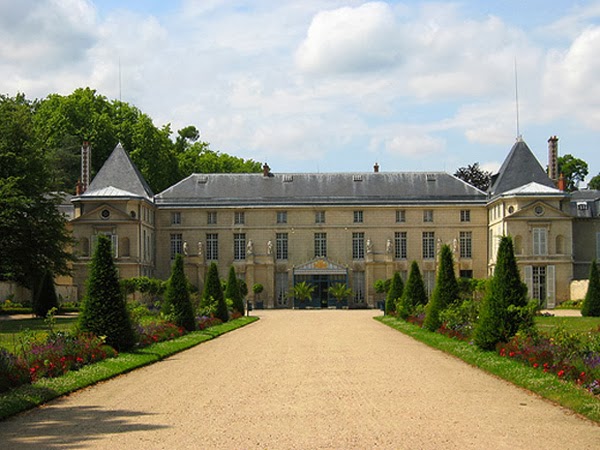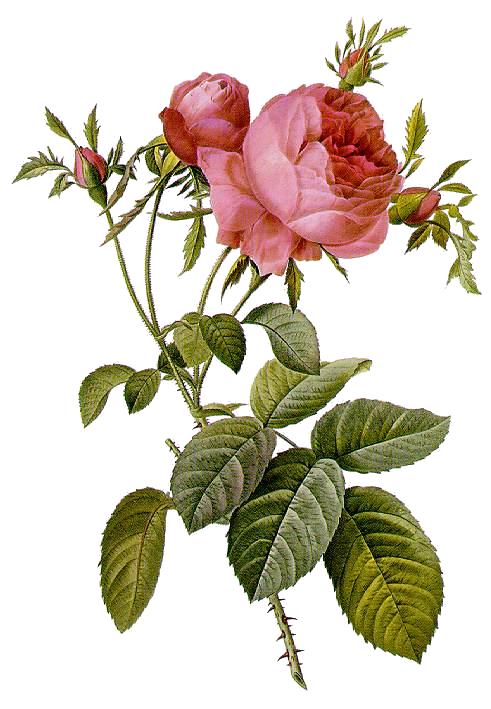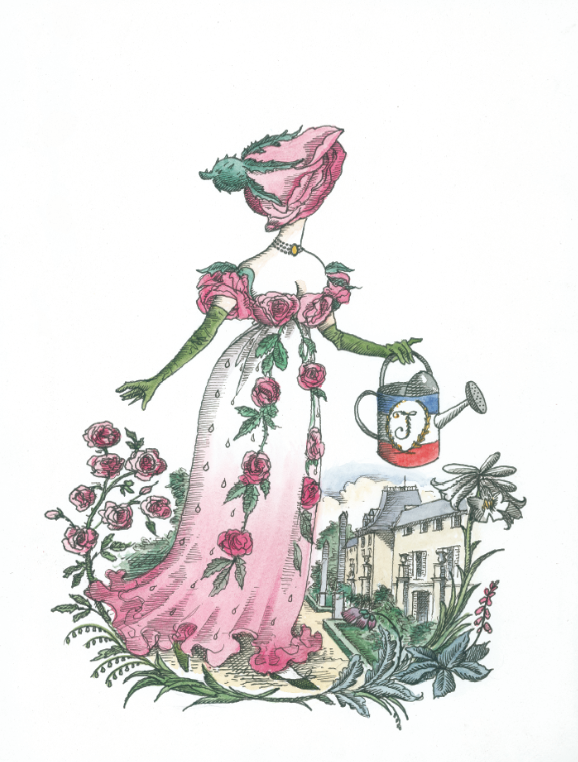"The muffled light of dawn slips through the flower beds. A fine shadow sneaks among the roses, jasmine, camelias and irises. With her delicate green thumb, she awakens the dazzling fragrances of a garden with an imperial destiny."
Once again, the House has delved into France’s rich history for its new creation. Josephine de la Page was born in Martinique on June 23, 1763. Her love of flora and fauna had its roots in the fertile soil of this small island paradise. The young Creole was raised on a sugar plantation surrounded by a generous, abundant nature. She loved observing flowers as she wandered through the green forests filled with delicate fragrances.

Joséphine in har castle of Rueil Malmaison
But at 16, she had to leave her beloved land behind to get married in France. She married the President of the French National Assembly and became Josephine de Beauharnais. Unfortunately, her husband was guillotined during the French Revolution and she became a widow, but not for long … After two years in mourning she met General Bonaparte who fell hopelessly in love with her so Joesphine got married again. While her new husband criss-crossed Italy and Egypt with the French army, Josephine looked for a home they could settle down in once the wars were over. She bought a charming chateau in Rueil Malmaison where she created a sinuous, free-spirited Garden of Eden. Nostalgic for her native land, she wanted to grow plants whose scents reminded her of the Americas. After Bonaparte’s Brumaire coup d’état she was named Empress in 1804 and the Rueil chateau became part of French history. Faced with the period’s political unrest, it was an ideal refuge for her to pursue her ambition to create a unique botanical garden. The Emperor’s foreign campaigns and government-organized scientific expeditions were an opportunity for Josephine to import rare plant specimens. Her olfactory memory played a key role in the creation of her unusual garden. She grew plants that reminded her of the French West Indies such as the purple-flowered magnolia - her fetish tree. She ordered the construction of expensive greenhouses where the over two hundred plants she introduced to France such as camelias, phlox or dahlias flourished. The Empress hired the famous botanist Pierre Ventenat to turn her green realm into a botanist’s paradise and asked the illustrator Pierre-Joseph Redouté to draw each plant in the garden. Daisies, tuberoses, peonies, lilacs, nasturtiums, narcissuses, hydrangeas, lilies, chrysanthemums, tulips, hyacinths or roses : no flower escaped his talented brush. He even conceived a book, Jardin de Malmaison (Malmaison Gardens) that was a huge success in France and Europe.

The Rueil Malmaison castle
Napoleon and Josephine divorced in 1809 since they were unable to have children and the Emperor gave the Rueil chateau to his first love. There the deposed Empress resided until her final days, cultivating her taste for solitude surrounded by her flowers and birds.

Roses by Pierre-Joseph Redouté, a Joséphine's close friend
